When the day came to vote in Winnipeg’s last municipal election, occupants of Siloam Mission’s emergency shelter formed a “walking bus” with some staff members to go to the local polling station and cast their votes. Going in a group makes the registration process easier for voters who don’t have traditional documentation. It also makes the process less intimidating and humiliating. “That is going to be embarrassing when [workers] are like, ‘what’s your permanent address?’ And [the voter says] ‘I don’t have one,’” says Siloam Mission spokesperson Luke Thiessen.
Homelessness is on the rise as the housing crisis rages on across Canada. But as policymakers debate housing strategies and encampment evictions, the people who are actually experiencing homelessness face a slew of challenges to casting their votes.
You may unsubscribe from any of our newsletters at any time.
Elections at every level across Canada generally require voters to provide ID with proof of a permanent address – a driver’s license, a utility bill, or the copy of a lease agreement – documents that many homeless people don’t have. But there are ways to vote without them. Various jurisdictions accept an oath from the voter, written certifications from shelters, or the sworn statement of a third-party individual who comes into the polling station with the voter on election day, which confirm the voter’s identity and their residence at a shelter or similar service.
In theory, Canadian citizens without permanent addresses are guaranteed equal access to elections of every level in Canadian law. But the system has major flaws.
“The main barrier here is visibility. Many individuals are not aware that they can vote without an address,” says Anna Kopec, an assistant professor at Carleton University’s School of Public Policy and Information.
The problem even extends to polling station workers themselves, Kopec says, who are often unprepared to assist voters trying to register through a shelter.
Kopec says that electoral agencies are neglecting their responsibility to disseminate this information to people in shelters.
“[Shelter workers] are having to look for this information themselves,” she says, “and they’re already overburdened, underpaid, and overworked.”
Elections Ontario spokesperson Rafaëlle Pons says that the organization promotes voting for people without address documentation through its website, social media and directly to voters through partner organizations.
But the agency reported in 2022 that people living in shelters were less likely to know about relevant voting processes, and that a third of respondents in shelters had not voted because of this lack of information.
Below: One organization offers tips on how to vote in the federal election if you are experiencing homelessness
Elections Manitoba reports conducting outreach to facilities serving homeless people in its last provincial election in 2017, but did not have data on how effective these initiatives were.
“There’s very little data on it. And if we don’t have the data, we can’t make the argument [that we need to improve accessibility],” says Kopec.
Kopec says her own sample is skewed towards people who are very involved with the shelter system. She says there are ethical issues with studying those who live on the street, as they are more vulnerable and may have precarious legal status.
But in shelters, organizations like Siloam Mission, the Toronto Shelter Network, the Salvation Army, and Social Planning Toronto work to inform residents on how they can vote. These efforts include holding workshops, putting together toolkits, distributing flyers, and organizing groups to walk to polling stations.
Getting information on the candidates themselves is also a challenge. People in the shelter system often move from riding to riding and may be unfamiliar with the local candidates. It also becomes difficult for shelter residents to commute to the right polling station if they originally registered with a different one.
More on Broadview
- Failed Canadian political candidates question who the selection process leaves out
- Deinstitutionalization is one of our biggest public policy failures. Here’s how we can reverse it.
- I’ve lived with mental illness for decades. Finding permanent housing has been a struggle.
“People are always in transit because of the rules in shelters,” says Harriet Kakinda, a team lead for the Toronto Shelter Network’s Community Health Ambassadors.
If a person does not return to a shelter for two nights or breaks the rules of conduct, they will be discharged, after which they have to contact the central office to find a new spot. That new spot could be on the other side of the city.
“Wherever there is a bed is where they will take you. If it’s in Scarborough, and you’ve been in North York, they will take you to Scarborough just like that,” she says.
And what happens when the voice of homeless people is absent from the politics of homelessness?
“When I got to city council, I started to hear the language that they used around people like myself. They’d call you transient,” says Chloe Brown, a policy analyst and a candidate in Toronto’s upcoming mayoral election.
“There is this idea that they need a house, not to vote. But we need to consider that equality and kind of agency is multifaceted.”
Brown stayed in the Covenant House shelter in Toronto for 11 months between 2012 and 2013. She first decided she would run for office in 2018 when she heard mayoral candidates talking on the radio.
“I was just like, nope,” she says. “Like, I don’t believe in any of them. Everyone that was a serious candidate was someone who’s most likely to own their home, someone most likely to have a retirement package.”
Not only do policymakers fundamentally misunderstand poverty and homelessness, Brown says, but they also tend to talk about the people experiencing these issues like they are “hungry children.”
The most significant thing that electoral agencies can do to help homeless people vote, Kopec says, is to set up polling stations inside shelters and drop-in centres themselves.
Vancouver first set up mobile voting stations in shelters in 2018 for its municipal election. In its last two municipal contests, Toronto did the same. Siloam Mission also runs a polling station for Winnipeg’s municipal elections, and hosted a candidates’ debate leading up to the most recent race.
“There is this idea that they need a house, not to vote. But we need to consider that equality and kind of agency is multifaceted,” says Kopec. “If we’re a democratic state, and democracy means that everybody has a say, [especially] those on the margins, then that needs to be happening in practice.”
***

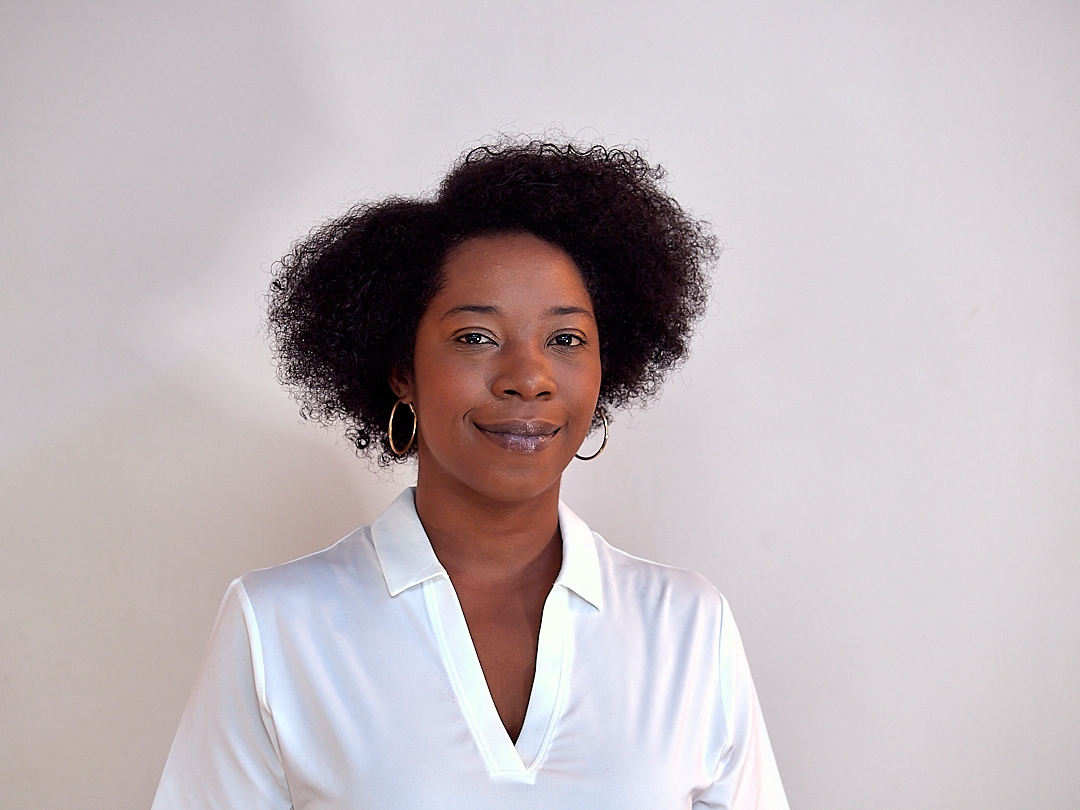

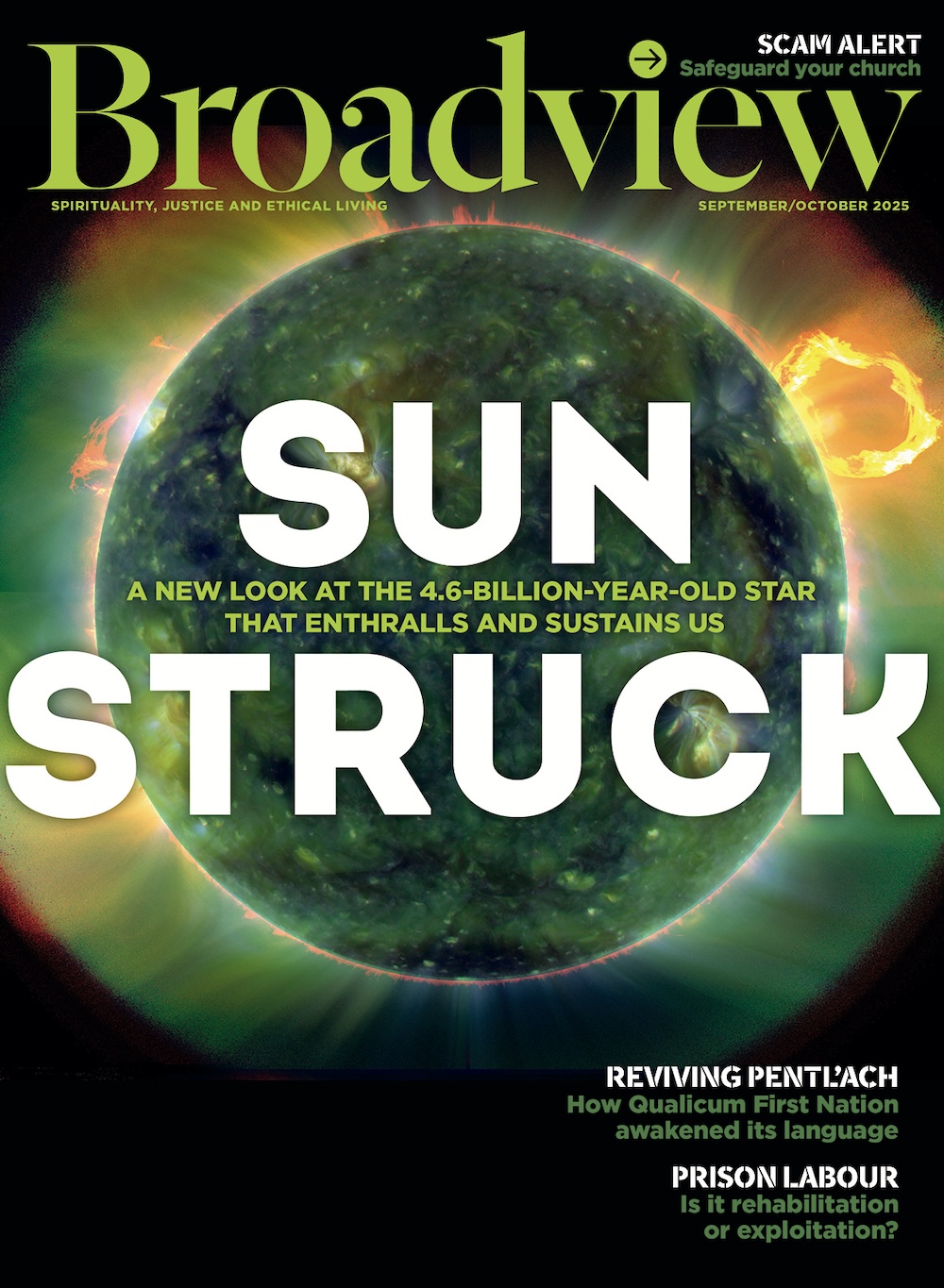

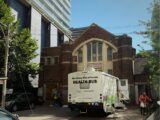
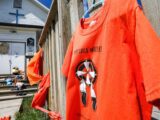


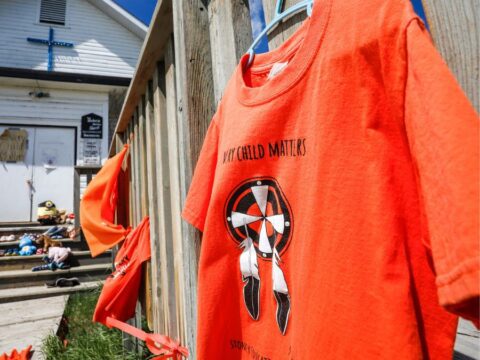


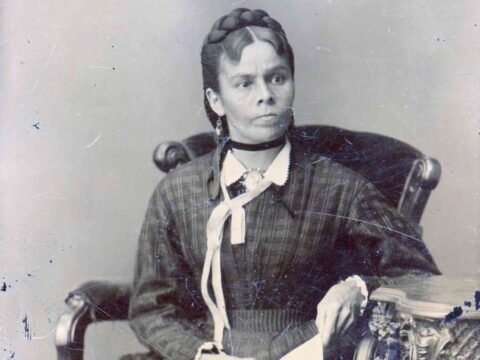

AS a shelter worker in 2005 I remember having to get the forms from Christmas Cheer myself and arrange to get the hampers for my residents. We were a confidential shelter as we dealt mainly with addictions issues so residents were scared to have strangers coming to the front door. Me they knew well